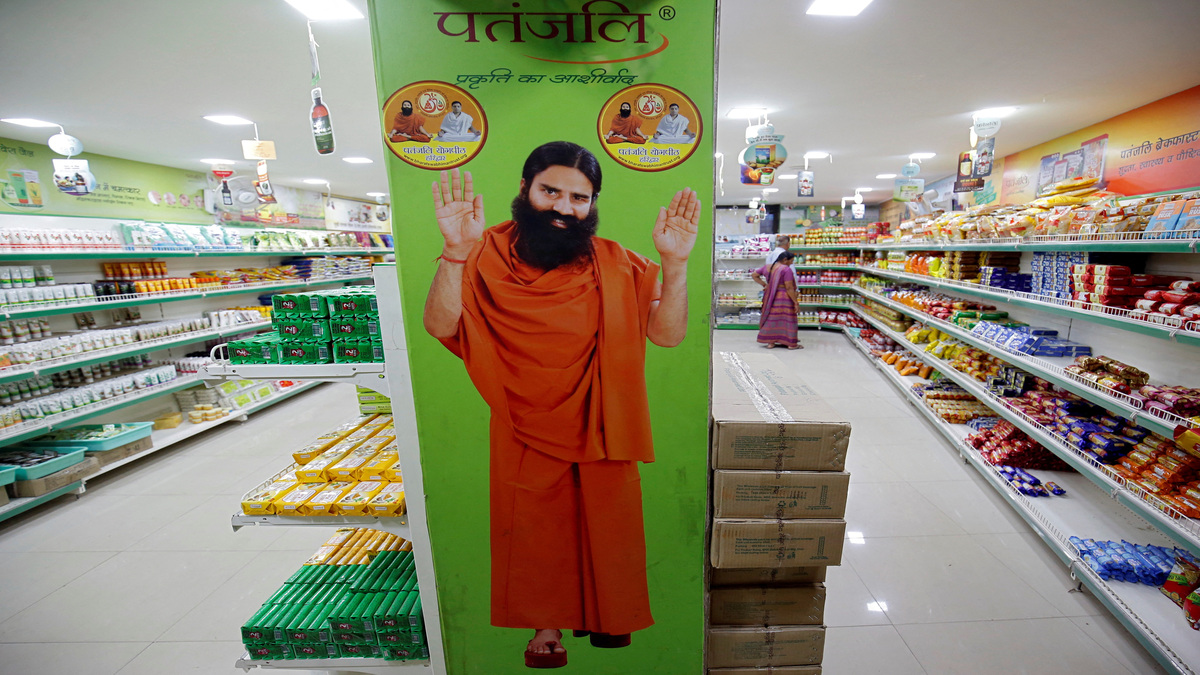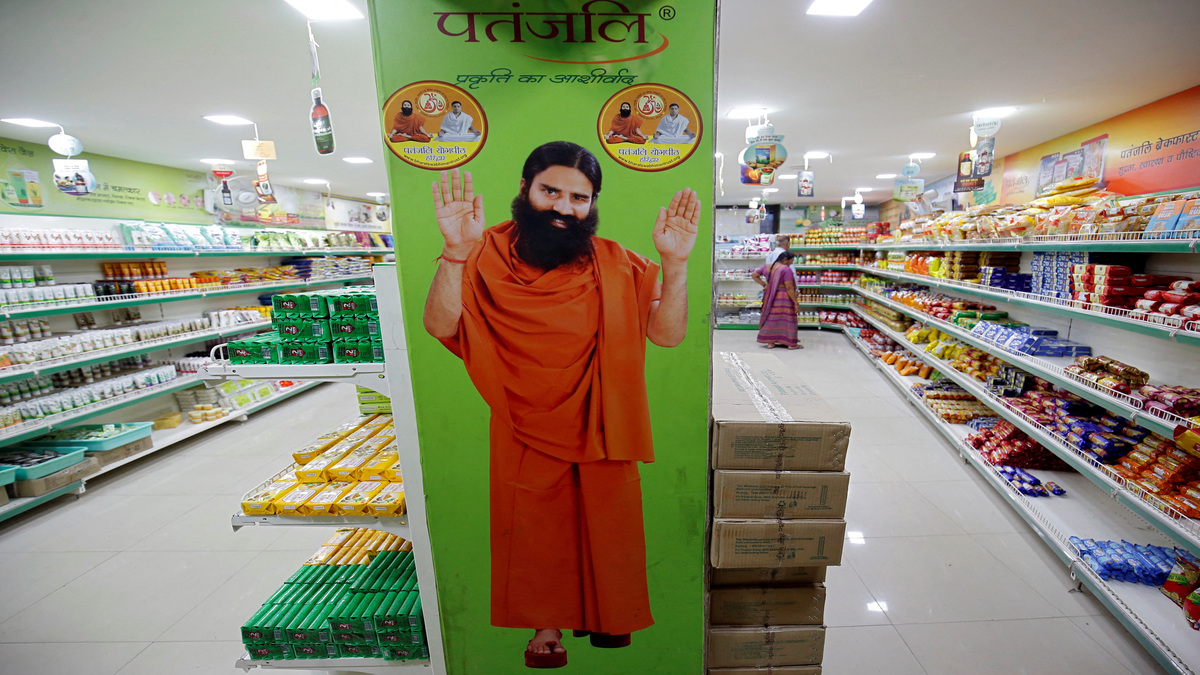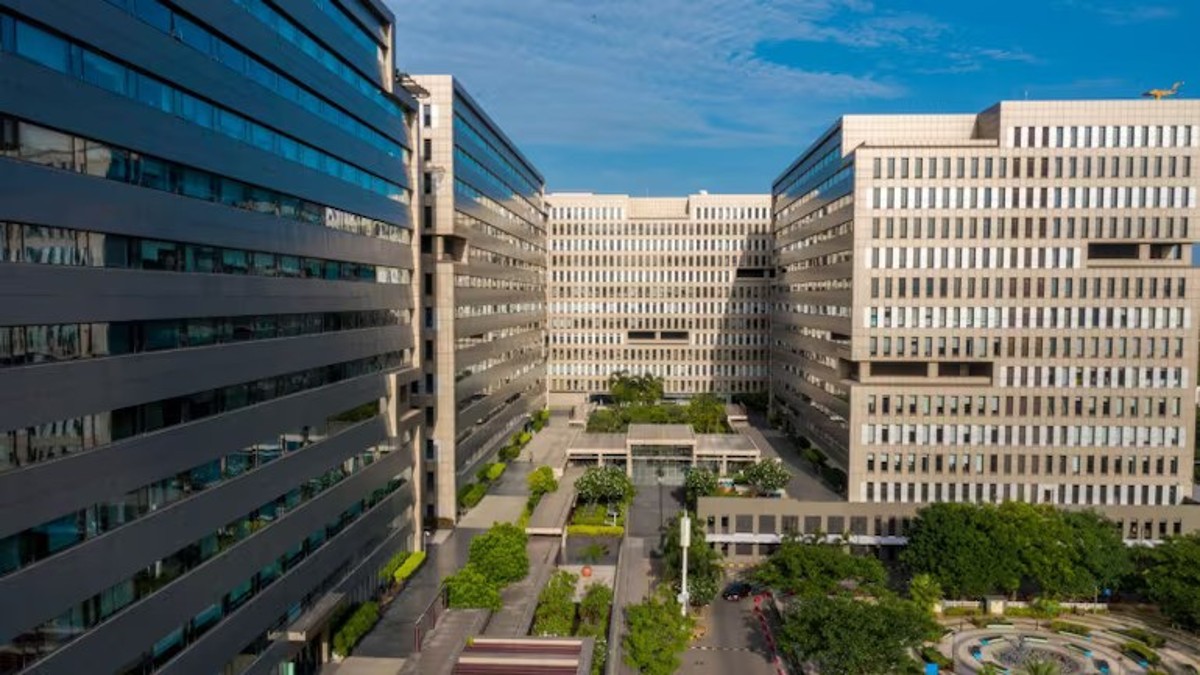When the Supreme Court took charge of the investigation into black money held in Swiss banks by appointing a Special Investigation Team (SIT) to look into it, it earned kudos from everybody (barring business and politicians). But, strangely, it seems unwilling to acknowledge the elephant in its own jailhouse: the man it had incarcerated nine months ago, Subrata Roy of the Sahara Group.
There is something surreal about the Sahara scam.
Sometime in 2011, a meticulous Sebi director finds out - quite by accident - that two Sahara group companies have been raising thousands of crores through optional fully convertible debentures (OFCDs) under the cover of private placements and told them to stop it. The Sebi director observes in his final order that he suspects that at least some of Sahara’s investors may not be for real.
A year later, the Supreme Court confirms the Sebi verdict, orders the two Sahara companies to pay the balance of Rs 24,000-and-odd crore to Sebi within three months. The court also hints that all of Sahara’s investors may not be for real.
Sahara maintains radio silence for three months and then claims all the investors, barring a few, have been repaid.
The group never said this anytime during the court hearings, or even when the verdict came in August 2012. It claimed to have prepaid all its investors only when the time to pay up to Sebi came in November 2012.
Sebi tries to find out who these investors are on the basis of data sent in truckloads by Sahara, but manages to locate very few of them. Once again, it seems likely that many of the investors may not exist.
Fed up with Sahara for its repeated efforts to defy the court’s orders and for failing to pay up despite several extensions of its deadline, the Supreme Court sent Subrata Roy to prison . He has been there for more than nine months since early March this year. He was asked to pay up Rs 5,000 crore in cash, and another Rs 5,000 crore in bank guarantees, to receive bail. Despite several efforts and discussions with people who wanted to buy his assets in jail, he has not come up with the money. Instead, he has offered the court post-dated cheques for 1,885 crore - which the court declined.
A related offer, of payment through a foreign loan of $650 million (over Rs 4,000 crore at current exchange rates), has surfaced which looks even more iffy. The loan is coming through a private company called Mirach, which is essentially taking over a Bank of China loan to Sahara to buy some foreign hotels and is offering the money through a subordinate loan. According to Business Standard, a company called Oasis will pay Bank of China back first and take over the mortgage, which in turn, will allow Mirach to raise a subordinate loan with the underlying assets.
At hearings yesterday (17 December), the Supreme Court wondered if such a loan would pass the Fema test. Fema is the Foreign Exchange Management Act, which replaced the more draconian Fera (Foreign Exchange Regulation Act) of the pre-liberalisation era. Sahara may need the Reserve Bank’s okay to remit money through this circuitous route, assuming it is all above board.
Once again, this “loan” raises the question: why should Sahara want to pay a $30 million interest premium for terminating the Bank of China loan, then mortgage the same properties to another company (Oasis), which, in turn, allows a company called Mirach to offer a subordinate loan to Subrata Roy? Why not just sell the property, pay the Bank of China its dues, and bring the profits home?
The circuitous route for raising a foreign loan again raises the question whether the money is all kosher, and who are the people behind Mirach. Also, why would Mirach want to lend money to Roy when it knows that it is intended merely to get him out of jail?
The point of setting out all these developments is to ask whether Sebi and the Supreme Court have been skirting around the primary questions in the Sahara OFCD scam: whose money was it in the first place, and why are we not getting the names?
The Supreme Court has shown great alacrity is seizing control of the HSBC Swiss bank list and set up a SIT to go after the account holders and, if possible, bring back the money? Why is it hesitating to do the same with Sahara?
It is plain as day that Sahara has links to unexplained income and wealth in India. But the Supreme Court is strangely unwilling to call Subrata Roy’s bluff. It should let him go and instead seize his companies, put them under an administrator, and find out who invested the money in the OFCDs. It could also hand over the job of finding the real investors to the SIT that is now looking at the HSBC Swiss account holders. If the court wants to locate black money, why not look in our own backyard?
Trying to get the money and not asking who it belongs to is like skirting the obvious. The same Supreme Court which was exasperated that the government won’t reveal the names of the Swiss bank account-holders has notdone anything to go after the people behind the man it has itself sent to jail.


)




)
)
)
)
)
)
)
)